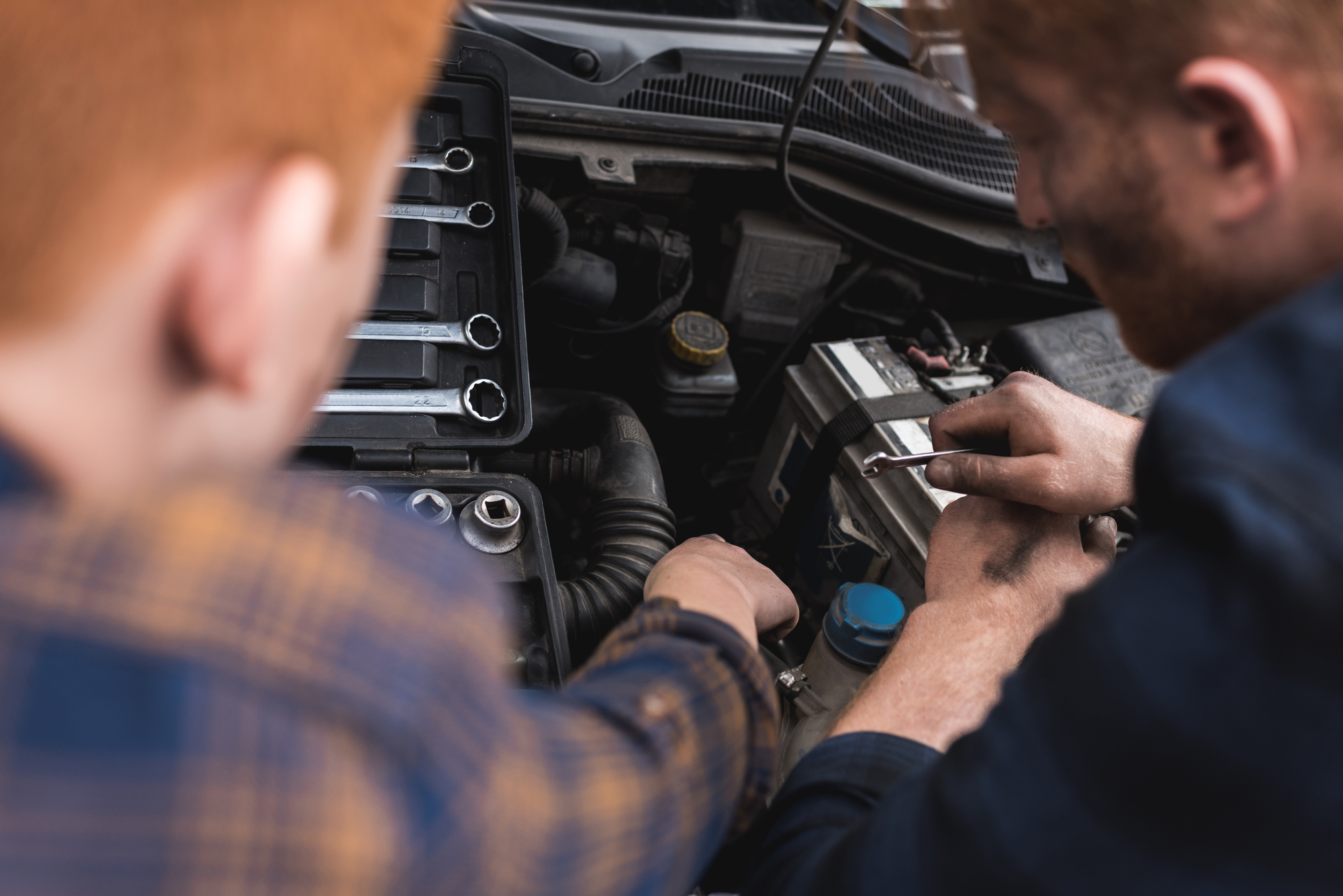If you’re like most people, you probably don’t know much about what’s under the hood of your car. But if you’re planning on keeping your car for a while, it’s worth taking the time to learn about the engine and other key components. This article will give you a crash course in car anatomy. You’ll learn about the engine, transmission, suspension, and more.
The Engine: The Heart of Your Car
The engine is the heart of your car. It’s what makes your car move. The engine block is the main part of your engine. It houses the pistons and connecting rods, and it’s where gasoline and air are combined to create power. Engines come in all shapes and sizes. Some are huge; some are small. But they all have one thing in common: they turn energy into motion.
Engines work by burning fuel. The fuel and air mix and ignite, creating a tiny explosion. This explosion pushes on the pistons inside the engine, which rotate the crankshaft. The crankshaft is connected to the wheels, so as it turns, the wheels start turning too. And that’s how your car moves forward!
The Transmission: What Makes Your Car Move
A car’s transmission is responsible for making the car move. The engine produces power, which is then transferred to the wheels through the transmission. The transmission is a complex system of gears that work together to provide the right amount of power to the wheels based on the speed at which the car is moving.
The transmission is essential to a car’s powertrain and must be well-maintained to keep the car running smoothly. Transmission problems can be costly to fix, so it’s important to be aware of the signs of trouble. If your car is having trouble shifting gears, making strange noises, or leaking fluid, it’s time to take it in for a check-up.
The Suspension: Keeping Your Car on the Road
When you think about what keeps your car on the road, you probably don’t think much about the suspension. The suspension is a system of parts that work together to keep your tires in contact with the ground and absorb shocks from bumps in the road.
The suspension system includes shock absorbers, which are located at each wheel. The shock absorbers help to dampen the effects of bumps and potholes so that you don’t feel every little bump in the road. The springs are also an important part of the suspension system. The springs help support the car’s weight and absorb shocks from bumps in the road.
The suspension system is responsible for a lot more than just keeping your car comfortable while you’re driving. It also helps to keep your tires in contact with the road, which is essential for traction and safety.
The Brakes: Stopping Your Car
The brakes are one of the most critical safety features of your car. They are what stop your car when you press the brake pedal. The brakes use friction to stop the wheels from turning. The pads on the brakes press against the rotors to create friction. The calipers hold the pads in place and squeeze them against the rotors. When you press the brake pedal, fluid goes into the calipers and squeezes the pads against the rotors.
The Electrical System: Making Your Car Go
Your car’s electrical system is responsible for making it go. The system starts at the battery, where voltage is created by a chemical reaction between lead and acid. The voltage is then sent to the starter motor, which uses it to turn over the engine.
Once the engine is running, the alternator takes over. The alternator uses a belt connected to the engine to spin a generator, which produces electricity. This electricity powers the car’s lights, radio, and other accessories and charges the battery. The electrical system is a vital part of your car; without it, your car wouldn’t be able to run.
Keep Your Car Running Smoothly
If you’re a car owner, it’s important to have at least a basic understanding of what’s under the hood. Knowing what’s going on with your engine can help keep your car running smoothly and avoid expensive repairs.
If you’d like a qualified mechanic to check under the hood of your car, call us today. Our certified technicians can make sure your car gets you where you need to go.






